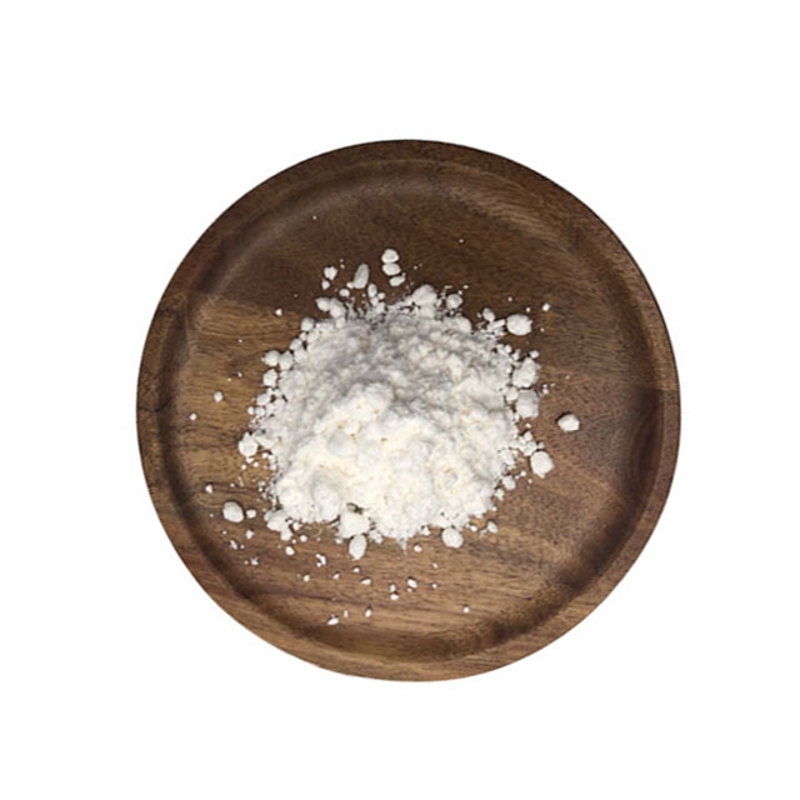-
Categories
-
Pharmaceutical Intermediates
-
Active Pharmaceutical Ingredients
-
Food Additives
- Industrial Coatings
- Agrochemicals
- Dyes and Pigments
- Surfactant
- Flavors and Fragrances
- Chemical Reagents
- Catalyst and Auxiliary
- Natural Products
- Inorganic Chemistry
-
Organic Chemistry
-
Biochemical Engineering
- Analytical Chemistry
- Cosmetic Ingredient
-
Pharmaceutical Intermediates
Promotion
ECHEMI Mall
Wholesale
Weekly Price
Exhibition
News
-
Trade Service
Subneural and chromosomas are rare neurological tumors that originate from adrenal myelin and are called PCC, while tumors located outside the adrenal glands are called subneural gliomas (PGL).
sub-nerve sections originate from different sub-groups of migrating nerve cells, producing acerptic nerves, PGL (mainly abdominal thoracic) or non-secretional side-sensing nerve PGL (mainly head and neck PPGL).
central nervous system (CNS) sub-neurotic tumors occur almost only in the horsetail area or bridge cervical corners, often referred to as cervical venous gliomas or neurothrombosis next to the cervical vein drum chamber.
Compared to the more common abdomen (85%), chest (12%) and head and neck (3%) PGL, the sub-neurotic tumors in CEP are very rare (1% of all PGLs), accounting for only 3-4% of all tumors in the lower lumbar spine.
Despite its anatomical location, PGLs have unique morphological and microstructural characteristics and are considered to be the same tumor entity, although the mechanism by which CEPs occurs is unclear, and the adverbial nerve joint as the tumor originated in the final silk or horsetail has not yet been described.
in this paper, the team analyzed the whole genome DNA methylation spectrum of 57 horsetail subneural tumors and found that these tumors are genetically distinct from non-spinal sideneural tumors and other tumors.
other parts of the sub-neurothromoblastoma, horsetail sub-neurothromal tumors generally lack chromosomal imbalance.
addition, RNA and DNA exon group sequencing showed that frequent genetic changes found in non-spinal myelomas - including predictive associated SDH mutations - did not exist in horsetail subsurgery tumors.
In histology, horsetail sub-neurothyma is often manifested as nerve-sectional cell differentiation, and is highly immunely responsive to pancellular keratin and cell keratin 18, which is not common in other areas of sub-neurothygioma.
cases in this study did not have familial side-neuroblastoma syndrome.
tumors rarely relapsed (9%) or developed multiple lesions (7%) in the intersopathy of the spinal cord, but did not move beyond the central nervous system.
, this paper shows that horsetail sub-neuroblastoma is a unique, exudable tumor entity, determined by unique clinical and morphological molecular characteristics.
method: Genomic DNA is extracted from Formarin fixed and paraffin encased (FFPE) samples and blood, using Maxwell 16 blood and tissue DNA purification kits (Promega) according to the manufacturer's agreement.
In addition to the publicly available methylation spectrum of 20 CEP (GSE109381), DNA methylation analysis was performed using the Illumina Infinium methylated EPIC array on 37 horsetail sub-neurothromaciomas (35 primary tumors, 2 recurrences) and 24 head and neck by-neurothylation tumors.
, in this study, the authors analyzed a large number of CEPs using genome-wide DNA methylation analysis and entire exon DNA and RNA sequencing.
results compared with abdomen, chest, head and neck side neuroblastoma, the data in this paper show that CCEP is an independent tumor entity with unique molecular, tissue pathology and clinical characteristics.
Schweizer, L., Thierfelder, F., Thomas, C. et al. Molecular characterization of CNS paragangliomas identifies cauda equina paragangliomas as a distinct tumor entity. Acta Neuropathol (2020). Network Source: Web Copyright Notice: All text, images and audio and video materials on this website that indicate "Source: Met Medical" or "Source: MedSci Original" are owned by Mets Medicine and are not authorized to be reproduced by any media, website or individual, and are authorized to be reproduced with the words "Source: Met Medical".
all reprinted articles on this website are for the purpose of transmitting more information and clearly indicate the source and author, and media or individuals who do not wish to be reproduced may contact us and we will delete them immediately.
reproduce content at the same time does not represent the position of this site.
leave a message here.







